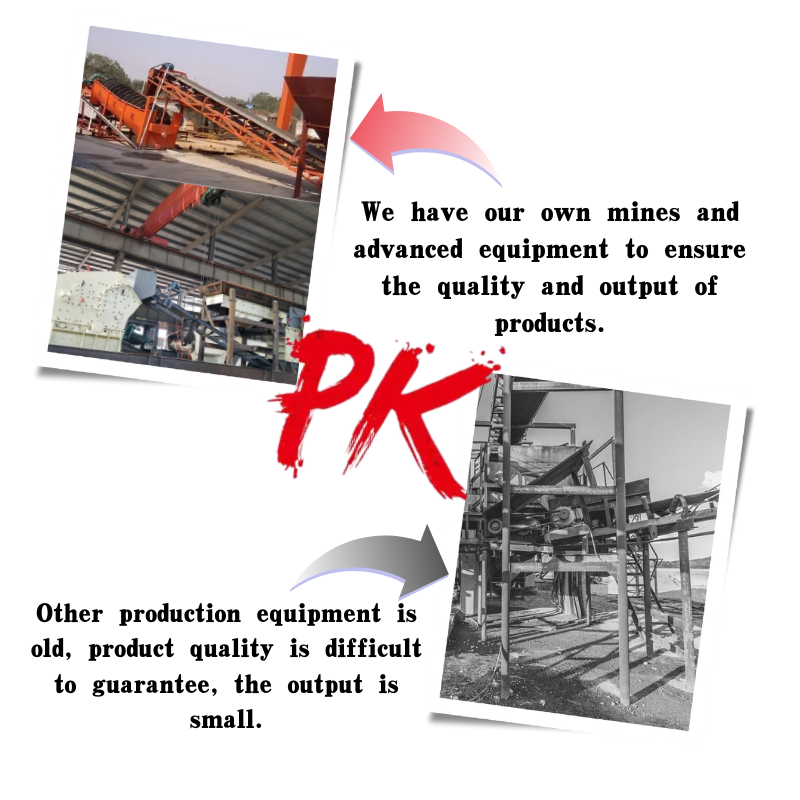
Exploring the Benefits and Applications of Fly Ash in Cement Production and Construction Practices
Fly Ash Based Cement A Sustainable Alternative for the Future
In recent years, the construction industry has been at the forefront of embracing sustainable practices, driven by the need to minimize environmental impacts and improve resource efficiency. One such innovative approach is the use of fly ash based cement, which presents a promising alternative to traditional Portland cement. Fly ash, a byproduct of coal combustion, has gained recognition for its potential to enhance the properties of concrete while contributing to a more sustainable construction industry.
Fly ash is produced when coal is burned in power plants, and it consists of fine particles that are carried away from the combustion chamber by flue gases. Approximately 70 million tons of fly ash are generated annually in the United States alone, and much of this material has historically been landfilled. However, with growing awareness of environmental issues, the construction sector has increasingly turned to fly ash as a valuable resource for cement production.
One of the primary advantages of fly ash based cement is its environmental benefits
. Traditional Portland cement production is energy-intensive and contributes significantly to carbon dioxide emissions, accounting for roughly 6-8% of global emissions. In contrast, using fly ash can reduce the carbon footprint of concrete. By replacing a portion of Portland cement with fly ash, manufacturers can decrease the overall amount of cement required and promote the recycling of industrial waste, effectively reducing landfill use and resource extraction.fly ash based cement

In addition to its environmental advantages, fly ash based cement enhances the performance characteristics of concrete. Fly ash acts as a pozzolan, a material that, when combined with calcium hydroxide in the presence of water, forms compounds possessing cementitious properties. This leads to several benefits, including improved workability, reduced water demand, and increased long-term strength. Incorporating fly ash can also enhance the durability of concrete by reducing permeability and susceptibility to chemical attacks, making it an excellent choice for structures exposed to harsh environments.
Moreover, the use of fly ash in cement can lead to improved aesthetics. Many architectural applications benefit from the unique color and texture that fly ash can impart to concrete, providing architects and designers with additional creative options. With the added advantage of extended setting times, fly ash based concrete can be poured and molded with greater ease, allowing for more intricate designs and finishes.
Despite its numerous benefits, the adoption of fly ash based cement is not without challenges. The availability of fly ash can vary depending on geographic location and the operational status of coal-fired power plants. Furthermore, there are concerns regarding the variability of fly ash characteristics, which can affect the performance of the resulting concrete. As such, thorough testing and quality control measures are essential to ensure consistency and reliability.
In conclusion, fly ash based cement represents a significant opportunity for the construction industry to move towards more sustainable practices. By utilizing a byproduct of coal combustion, it not only reduces the environmental impact of construction but also enhances the performance and durability of concrete. As awareness of sustainable development continues to grow, it is crucial for stakeholders in the industry—including engineers, architects, and construction companies—to embrace innovations like fly ash based cement. By doing so, they can play a pivotal role in building a greener future while meeting the ever-increasing demands for infrastructure development.
Share
-
Fly Ash Solutions Enhanced by GPT-4 Turbo | Sustainable InnovationNewsAug.01,2025
-
Natural Premium Bentonite Cat Litter - Superior ClumpingNewsJul.31,2025
-
Premium Resin Coated Sand - High Heat Resistance CastingNewsJul.31,2025
-
High Quality Silicon Carbide Grit for Abrasive ApplicationsNewsJul.30,2025
-
High-Quality Ceramsite for Plants & Gardening | Lightweight PebblesNewsJul.29,2025
-
Premium Burgundy Glass Marbles for Vases & Shooter GamesNewsJul.29,2025






